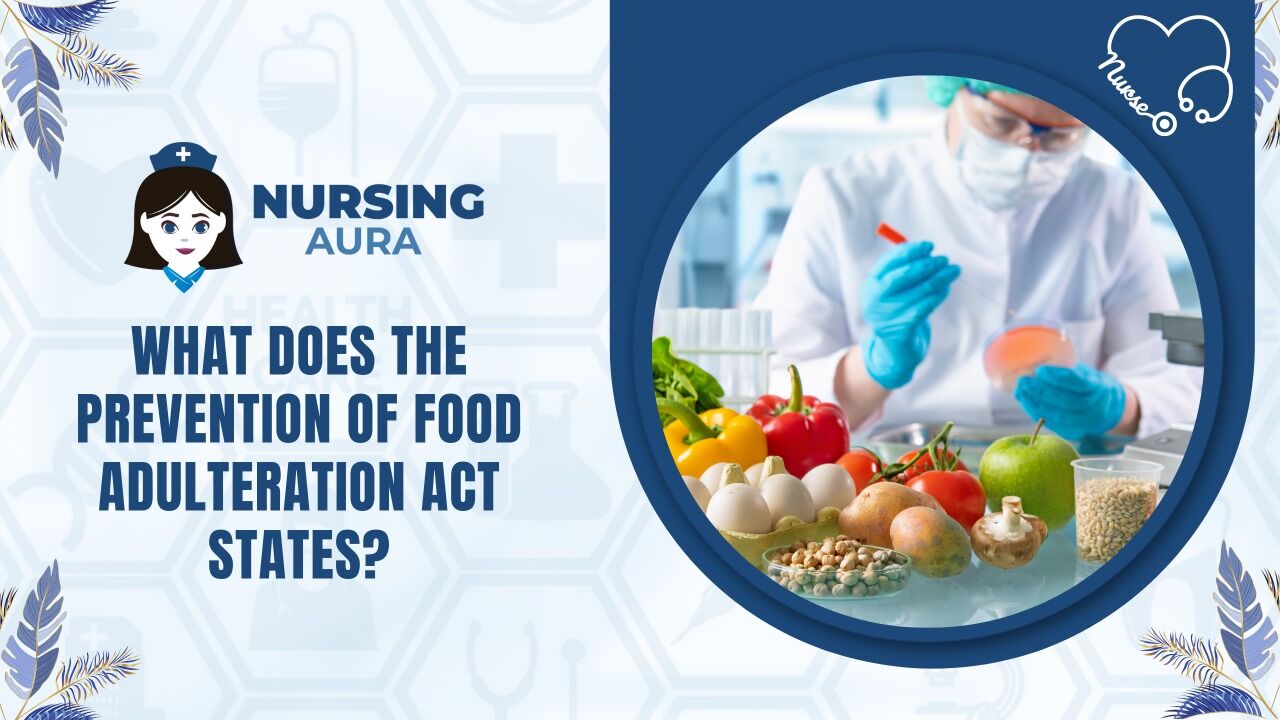Food is one of the basic requirements for survival. An unadulterated, fresh, and nutritious diet is essential for an individual’s health. It is not shocking to assert that neighborhood prosperity is national riches. Food product adulteration was so out of control, pervasive, and unrelenting that a dramatic treatment as well as a comprehensive law was required. To counter this type of societal malice, the government launched an unresolved offensive by introducing the Prevention of Food Adulteration Act into the Parliament, thereby announcing a period of much-needed anticipation and relief for consumers in mass.
Proclamation Of Objects And Reasons
Various Indian states had legislation to prevent the contamination of food products. However, they lacked consistency, having been passed on numerous occasions without interstate consultation. Since 1937, when a Committee designated by the Central Advisory Board of Health recommended this progression, the need for nationwide legislation at the national level has been apparent.
“Defilement of food-stuffs and other products is currently included in the Concurrent List (III) of the Indian Constitution”. Therefore, it is now possible for the Central Government to issue an all-India statute regulating this problem. The bill exceeds all local food contaminating regulations where they exist and applies in states where there are no local laws on the subject. Among other things, it offers —
- A Central Food Laboratory to which food tests may be referred for definitive evaluation in circumstances of doubt – clause 4
- A Central Committee for Food Standards composed of Central and State Government representatives to advise on an issue arising from the organization of the Act – section 3
- The granting of rule making authority to the central government with regard to quality standards for food products and other matters – statement 22.
ACT 37 OF 1954
On September 29, 1954, the Prevention of Food Adulteration Bill was approved by both Houses of Parliament and signed into law by the President. The Prevention of Food Adulteration Act Of 1954 went into effect in June 1955. (37 of 1954).
Adaptation Order And Amending Acts
- The 1956 Adaptation of Laws (No. 3) Order.
- The Food Adulteration Prevention (Amendment) Act of 1964 (49 of 1964).
- The Food Adulteration Prevention (Amendment) Act of 1971 (41 of 1971).
- The Food Adulteration Prevention (Amendment) Act of 1976 (34 of 1976).
- The Food Adulteration Prevention (Amendment) Act of 1986 (70 of 1986).
- The Food Adulteration Prevention Act of 1954 (37 OF 1954)
On September 29, 1954, the Food Contamination Anticipation Act was signed into law. In the Fifth Year of the Republic of India, be it allowed by Parliament as follows: —
- This Act could be called as the Food Adulteration Prevention Act of 1954.
- It encompasses the entire country of India.
- It will go into effect on the date specified by the Central Government in the Official Gazette.
Definitions –
In this Act, unless the circumstances necessitate or the context dictates otherwise, the following provisions shall apply in accordance with the terms of this Act:
Act: refers to the 1954 Prevention of Food Adulteration Act (37 of 1954)
(a) Adulterant: This term refers to any substance that is or could be used for the purposes of adulteration.
(b) Adulterated: a food item will be deemed adulterated –
(c) Director: refers to the Director of the Laboratory;
(d) Laboratory: refers to a Central Food Laboratory;
(e) Form: refers to a form found in Appendix A to these regulations
(f) infant: refers to a youngster under 12 months of age.
(g) Good manufacturing practices for the use of food additives: refers to the food additives used in accordance with the following conditions:—
-
- The amount of the additive supplied to food will be limited to the minimum feasible level required to achieve its optimal impact.
- The amount of the additive that becomes a part of food as a result of its use in the manufacturing, preparation, or packaging of food, and which is not intended to have any physical or other technical effect on the actual food, is decreased as much as is reasonably possible; and
- The additive is prepared and handled as if it were a food ingredient.
(h) Claim: refers to any depiction that asserts, suggests, or infers that food has specified attributes relating to its origin, healthy properties, nature, processing, synthesis, or other quality;
(i) Consumers are individuals and families who purchase and obtain food for their own needs.
(j) Contaminant: any substance not intentionally added to food that is present in food as a result of its production, processing, treatment, packaging, transit, or storage, or as a result of ecological contamination, excluding bug pieces, rat hairs, and other non-essential matter.
(k) Date of Manufacture: indicates the date that the food becomes the displayed product.
(l) Date of Packaging: indicates the date the product was placed in the container from which it will be sold.
(m) Best Before: Indicates the date that represents the end of the period, under any specified storage conditions, during which the product will be entirely marketable and retain any specific qualities for which unstated or specific cases have been made. However, after the expiration date, the product may still be completely edible.
(n) Use – by date/suggested final usage date/Expiry Date: denotes the date that denotes the end of the evaluated period under any specific storage conditions, beyond which the item is unlikely to have the quality attributes normally expected by customers, and the product cannot be sold.
(o) Food additives: refers to any substance not often consumed as food on its own and not typically used as a typical component of the food, regardless of its nutritional value.
(p) Food for special dietary use: refers to food sources that are uncommonly handled or formed to meet specific dietary requirements because of a specific physical or physiological condition, as well as specific infections and problems, and that are introduced all things considered, wherein the arrangement of these groceries will be fundamentally different than the arrangement of existing food sources of a similar nature.
(q) Ingredient: any substance, including food additives, used in the preparation or assembly of food and present in the finished product, maybe in a modified form.
(r) Label: a presentation of composed, graphic, punctured, stamped, tag, brand, imprint, pictorial or other descriptive matter, printed, stencilled, checked, decorated or intrigued on or attached to a holder, cover, top, or crown of any food container.
(s) Labelling: includes any written, printed, or graphic information that appears on the food’s label.
(t) Lot number or Code number or group number: indicates the number either in numerical or letter sets or in combination, with the Lot number or code number or group number preceded by the words “Part No” or “Part” or “code number” or “Code” or “Clump No” or “Bunch” or any distinguishing prefix by which the food can be followed in trace and distinguished in transportation.
(w) Pre-packed: denotes packaged or assembled beforehand in a compartment, ready for sale to the consumer.
(x) Principal display panel: refers to the portion of a mark that is expected or likely to be displayed, and introduced or presented or analyzed by the customer under usual and standard conditions of exhibition, sale, or purchase of the product contained in the package.
(y) Processing aid: substance or material, excluding equipment or utensils, not burned-through as a food ingredient by itself, used in the preparation of raw materials, food varieties, or their constituents to fulfil a specific mechanical purpose during treatment or handling and which may result in the unintentional but inevitable presence of deposits or residues in the final product.

